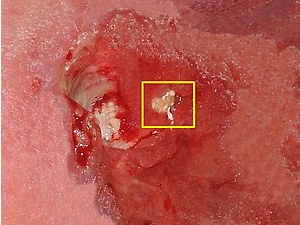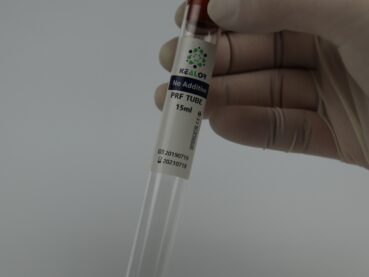Laser treatments and Platelet-Rich Plasma (PRP) therapy are both gaining recognition for their roles in addressing various skin concerns, including inflammation. While both approaches hold promise individually, the question arises: could laser treatments, which aim to reduce inflammation, potentially counteract the effects of PRP therapy? In this article, we’ll explore the dynamics between laser treatments and PRP effects on inflammation and provide insights into whether they can work in harmony or if caution is needed.
Laser Treatments: The Anti-Inflammatory Approach
Laser treatments, such as fractional laser therapy or intense pulsed light (IPL), are designed to target specific skin issues, including inflammation. By emitting precise wavelengths of light, lasers can stimulate collagen production, reduce redness, and minimize inflammation in the treated area.
PRP Therapy: The Regenerative Approach
PRP therapy, on the other hand, involves using the patient’s own blood to extract platelets and growth factors, which are then injected into the targeted area. PRP’s regenerative properties can accelerate tissue repair, stimulate collagen synthesis, and promote natural healing.
Can Laser Treatments Counteract PRP Effects?
While both laser treatments and PRP therapy individually offer benefits for reducing inflammation, there’s no substantial evidence to suggest that laser treatments would directly counteract the effects of PRP therapy. However, a few considerations should be kept in mind:
- Timing: If you’re considering both treatments, the timing is crucial. Optimal results might involve spacing out the treatments appropriately, allowing each approach to take effect before the other.
- Consultation: Always consult a qualified dermatologist or medical professional before undergoing any combined treatments. They can guide you based on your individual skin concerns and treatment goals.
- Synergy: In some cases, laser treatments and PRP therapy might work synergistically. Laser treatments can enhance the penetration and absorption of PRP into the skin, potentially boosting its regenerative effects.
Balancing the Approach:
Balancing laser treatments and PRP therapy requires an individualized approach tailored to your specific skin needs and concerns. Factors such as the type of laser, the nature of inflammation, and the timing of treatments can influence the outcome.
Combining laser treatments and PRP therapy for inflammation reduction and overall skin rejuvenation isn’t inherently risky. Instead, it’s a matter of understanding the synergy between these approaches, proper timing, and the guidance of a qualified medical professional. The key lies in seeking advice from experts who can assess your unique skin condition, recommend appropriate treatment plans, and ensure that both laser treatments and PRP therapy work harmoniously to provide you with the best possible results in your journey towards healthier, rejuvenated skin.








